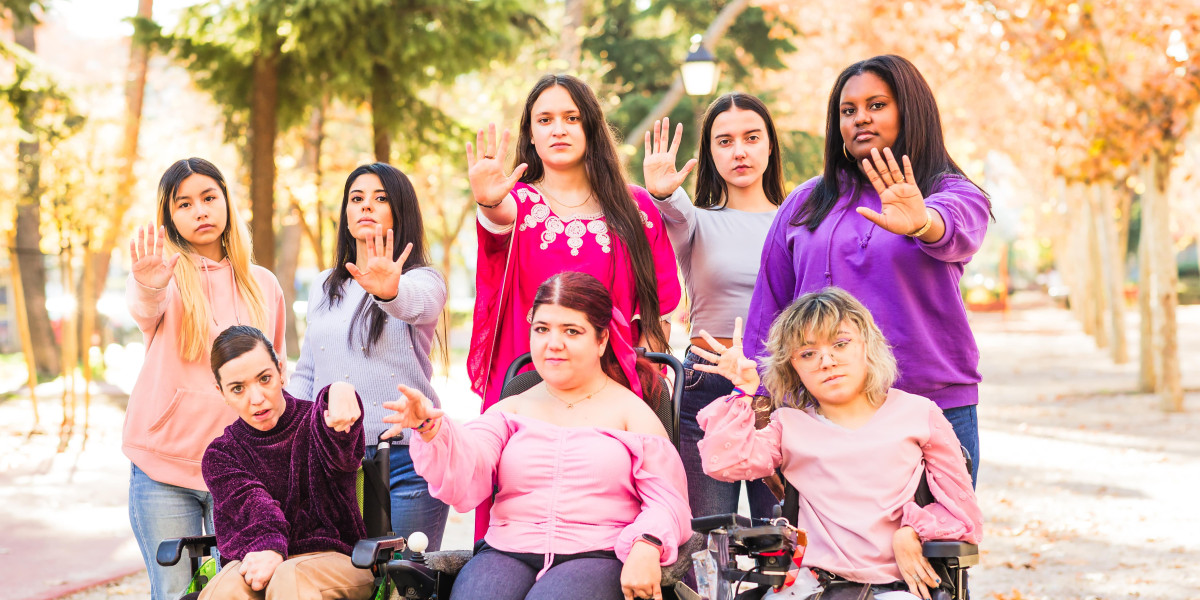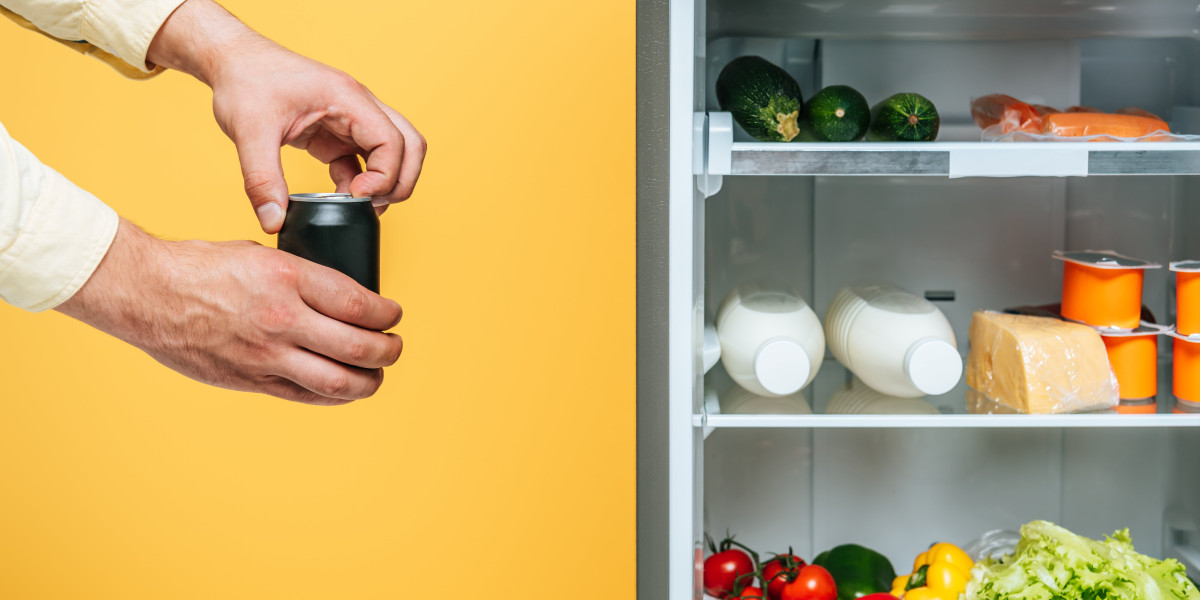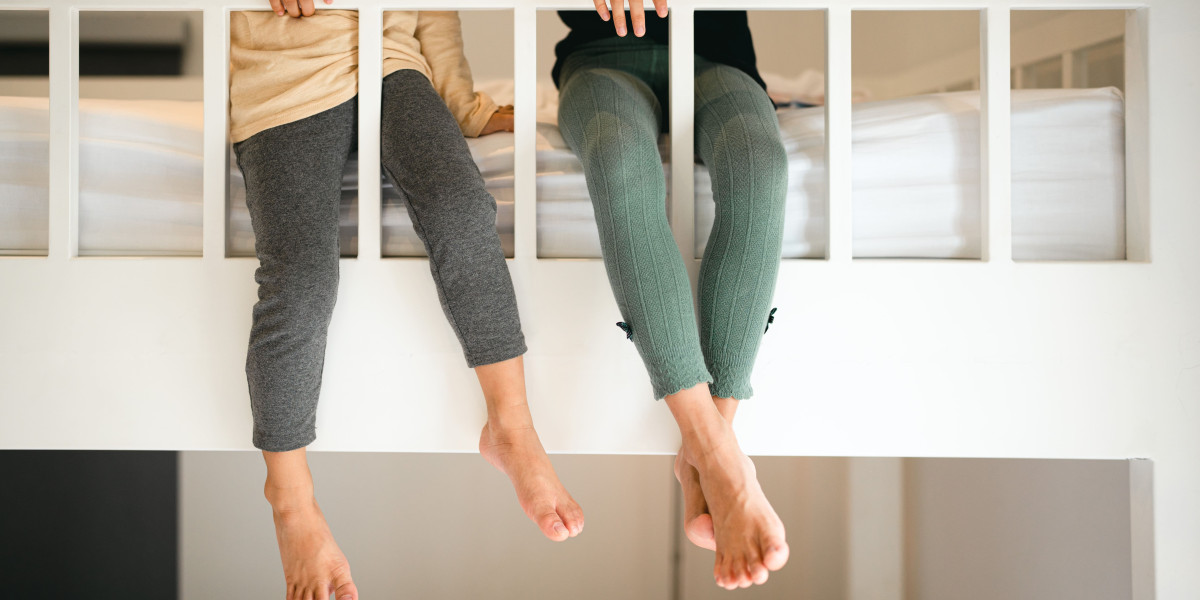Introduction
So, you've found the perfect image and want to turn it into a stunning embroidery design? Welcome to Your Ultimate Guide to convert image to embroidery file — your go-to resource for transforming digital images into thread-ready masterpieces. Whether you're a passionate hobbyist or starting an embroidery business, mastering the art of digitizing images is essential for professional results.
From understanding the right image formats to choosing embroidery software and mastering digitizing techniques, we’ll walk you through each step in simple, beginner-friendly language. Don’t worry — no tech jargon here, just real tips and tools to help you level up your embroidery game!
What Does It Mean to Convert an Image to an Embroidery File?
The Basics of Embroidery Digitizing
At its core, converting an image into an embroidery file means transforming visual artwork (like a PNG or JPG) into a format that an embroidery machine can understand and stitch. This process is called digitizing, and it involves assigning stitch types, directions, and other parameters to the image.
Why Not Just Upload the Image?
Because embroidery machines can’t read regular image files! They need special formats like .DST, .PES, .EXP, or .JEF, which tell the machine where and how to stitch. That's why using embroidery software to digitize your image is essential.
Choosing the Right Image for Embroidery
Not every image is embroidery-friendly. Here’s what to look for when selecting the perfect image to digitize:
✅ Clear Lines and Defined Shapes
Complex gradients or too many colors can be a nightmare for embroidery. Aim for high-contrast images with simple shapes.
✅ High Resolution
Blurry or pixelated images make it harder to define stitching paths. Go for a clean, high-resolution image.
✅ Solid Colors Over Gradients
Embroidery works best with solid color blocks rather than gradients or shadows.
Step-by-Step: How to Convert an Image to an Embroidery File
This section of Your Ultimate Guide to Convert Image to Embroidery File will break down the conversion process into easy-to-follow steps.
Step 1: Choose the Right Digitizing Software
You can’t digitize without proper software. Here are a few top options:
Wilcom Hatch – Great for both beginners and pros
Brother PE-Design – Ideal for Brother machines
Embird – Modular and affordable
SewArt – Beginner-friendly and budget-conscious
Ink/Stitch – A free, open-source plugin for Inkscape
? Pro Tip: Most programs offer a free trial — test a few before committing.
Step 2: Import the Image
Once you’ve installed your software:
Open your chosen embroidery software.
Import the image file (PNG, JPG, BMP, etc.).
Use the “Auto-Digitize” feature if you're a beginner or manually trace areas for more control.
Step 3: Set Up the Stitch Parameters
You’ll need to define:
Stitch type (satin, fill, or run)
Stitch direction
Density (how close stitches are together)
Pull compensation (adjusts for fabric tension)
Underlay stitching (helps with stability)
Step 4: Resize and Position the Design
Adjust the size of your image to fit within your embroidery hoop. Most software shows you a virtual hoop to help with placement.
Step 5: Simulate and Preview
Preview the stitching sequence using the built-in simulator. This helps you catch mistakes before the file ever hits your machine.
Step 6: Save in the Correct Format
Choose your embroidery machine’s file format:
.DST– Common with industrial machines.PES– Used by Brother and Babylock.JEF– For Janome machines.EXP– For Bernina
Step 7: Transfer the File to Your Machine
You can use a USB stick, direct connection, or even Wi-Fi (depending on your machine) to transfer the file.
Tools You’ll Need to Convert an Image to Embroidery File
✅ Digitizing Software (as listed above)
✅ Embroidery Machine
✅ USB or Connection Cable
✅ Fabric Stabilizer
✅ High-Quality Threads and Needles
Your Ultimate Guide to Convert Image to Embroidery File: Pro Tips
Start Simple
If you’re just getting started, choose a simple logo or silhouette. It’s easier to digitize and helps you learn the process without frustration.
Learn Manual Digitizing
Auto-digitizing tools are helpful but often need cleanup. Manual digitizing gives you better control over stitch quality.
Test Stitch on Scrap Fabric
Always test your design before stitching on your final product. What looks good on screen might stitch differently on fabric.
Keep It Clean
Avoid overly complicated or detailed images — embroidery has limitations when it comes to ultra-fine detail.
Common Mistakes to Avoid
Using low-quality or blurry images
Skipping stitch preview and simulation
Forgetting to use a stabilizer
Choosing the wrong file format for your machine
Overcomplicating your first design
FAQs About Converting Images to Embroidery Files
Can I use a photo for embroidery?
Technically, yes — but it requires advanced digitizing skills. It's best to start with simpler artwork before tackling full photos.
Do I need a special computer to run embroidery software?
Not really, but a moderately powerful PC or laptop will ensure smooth performance, especially with complex designs.
What is the easiest software to use?
SewArt and Hatch are great for beginners due to their user-friendly interfaces.
Conclusion
Digitizing might seem intimidating at first, but with the right tools and a little practice, it becomes second nature. Whether you're personalizing a gift, launching an embroidery business, or just exploring a new hobby, knowing how to convert images to embroidery files unlocks a world of creative possibilities.
We hope Your Ultimate Guide to Convert Image to Embroidery File has given you the confidence and know-how to start transforming your favorite images into stitchable art. Remember to start simple, test often, and don’t be afraid to experiment!







